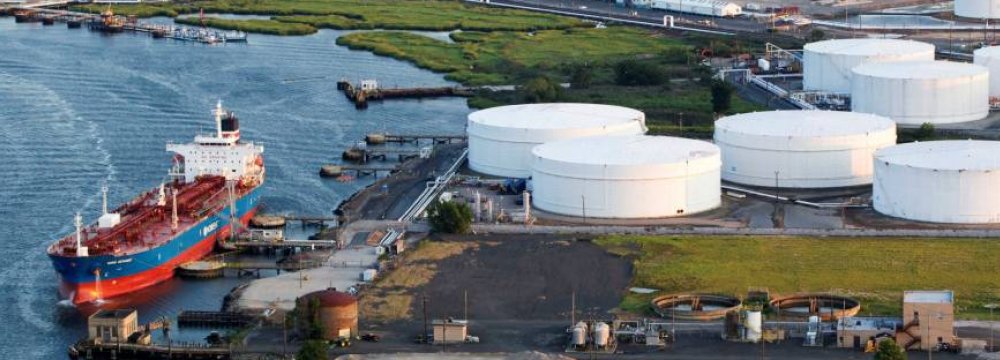The new World Energy Outlook is the story of a series of upheavals in global energy, particularly the dramatic changes in the Unites States and China and the rising role of renewables and electricity in global energy consumption.
But this is by no means an exhaustive list of the changes underway. The shale revolution in the United States and new demand and investment trends in the Middle East and Asia are recasting traditional patterns of global oil trade, with global implications for energy security, IEA reported.
The Middle East is set to remain, by far, the largest global crude-exporting region, but the availability of additional crude from this region for international trade is being squeezed by rising domestic consumption and new refinery capacity.
In WEO’s New Policies Scenario, which incorporates existing and planned energy policies, the largest increase in crude export comes from North America, propelling the region above Russia, Africa and South America in the global rankings.
On the importers' side, Asia’s crude oil import requirement grows by a massive 9 mb/d, drawing in available supply from around the world. Taken together, these trends imply the need for a fresh look at oil security and how best to achieve it.
Asia accounts for the lion’s share of oil demand growth over the coming 25 years and, unsurprisingly, the same is true for crude oil imports.
In the New Policies Scenario, Asia’s combined crude oil import needs will rise by 9 mb/d to around 30 mb/d by 2040, with strong growth in China, India and Southeast Asia more than offsetting declines in Japan and Korea. Asia’s share of global crude oil imports therefore rises from 50% today to more than two-thirds by 2040.
Although the relative abundance of oil supply in recent years has made traditional exporters vie for market share in growing Asian markets, this should not necessarily be taken as a comforting sign for the longer term.
The rapid increase in crude oil import needs in the New Policies Scenario and the reduced availability of crude oil from traditional exporters point to tougher times ahead.
The expanding volume of exports going through the Strait of Malacca, the world’s second-busiest trade chokepoint, adds another layer of complexity to Asian importers’ oil security concerns.
In the past, Asia’s total crude oil import needs were less than the crude oil exports of the Middle East, but the gap has narrowed and the situation is reversed in the New Policies Scenario.
This means that, while strengthening strategic ties with their largest suppliers in the Middle East, Asian importers increasingly tap into other sources from across the globe.











Add new comment
Read our comment policy before posting your viewpoints